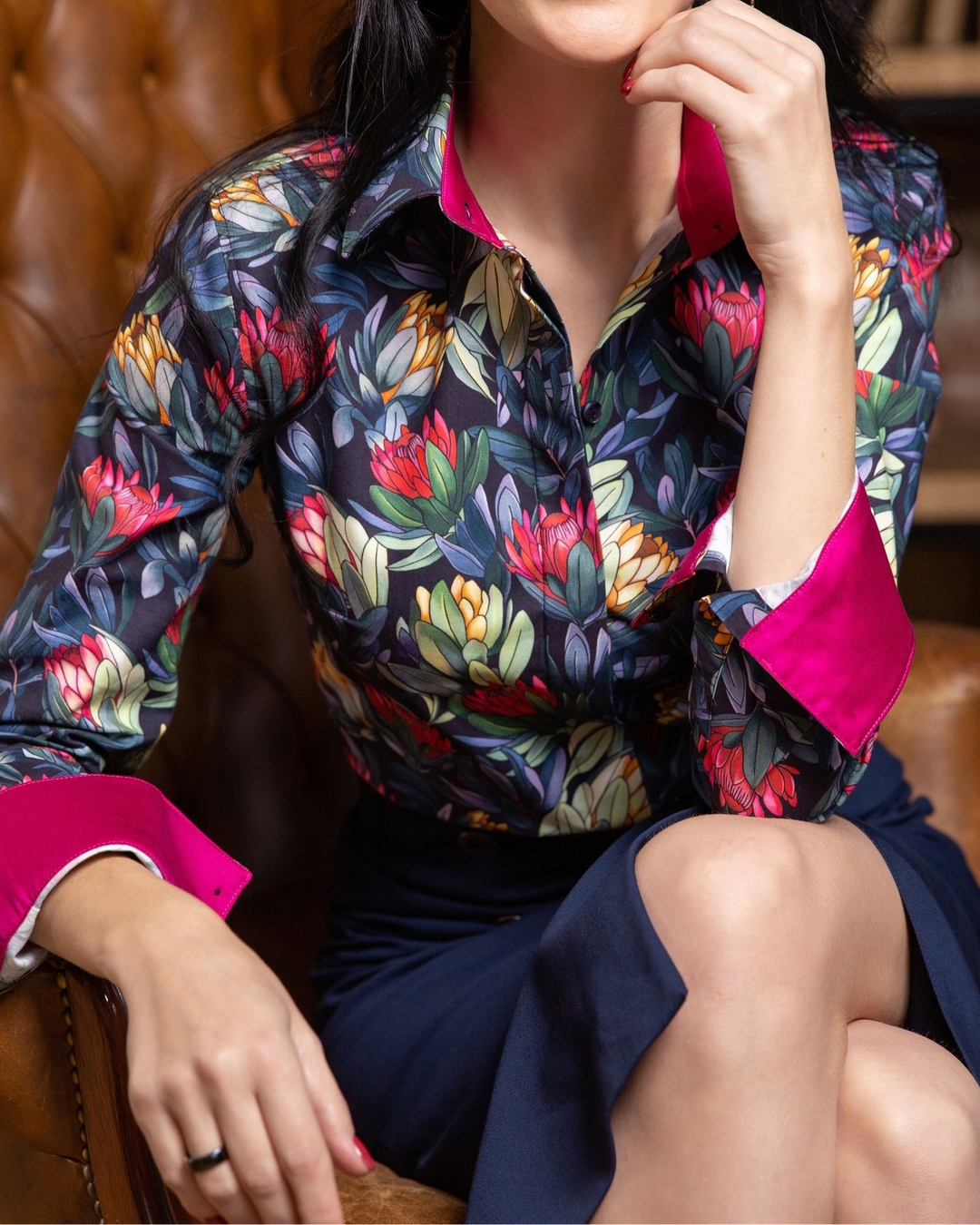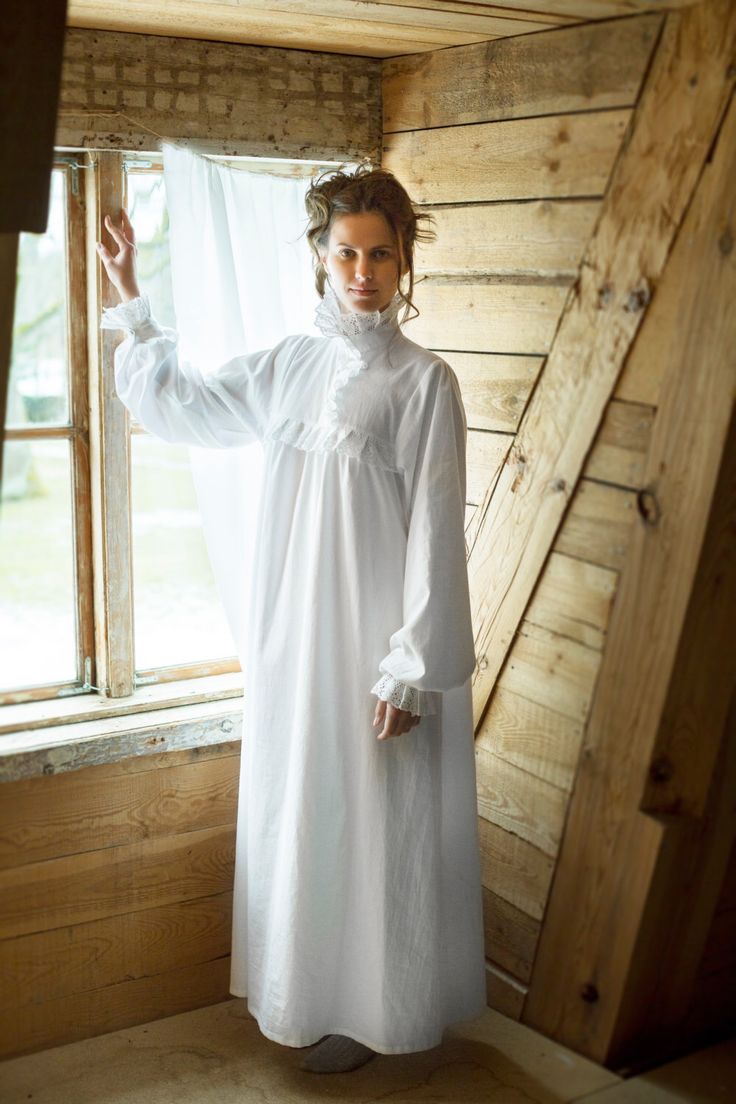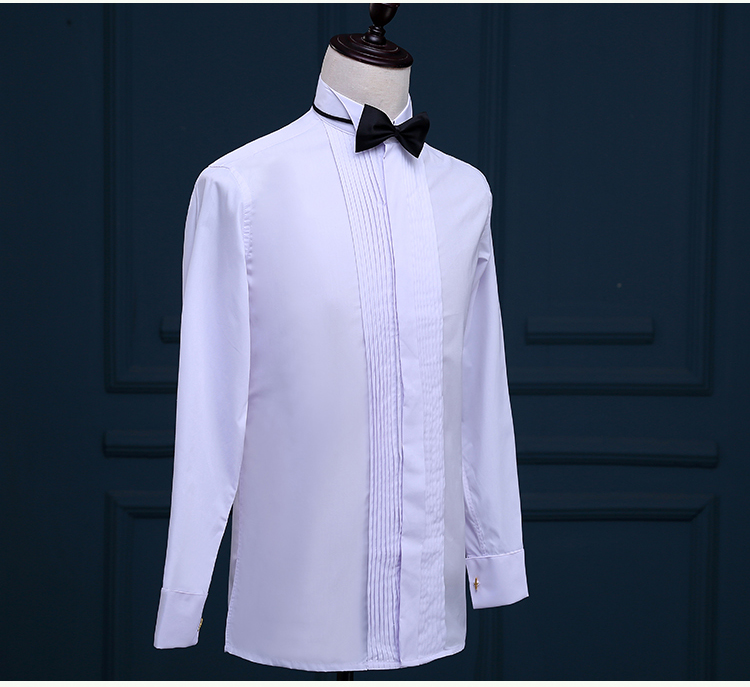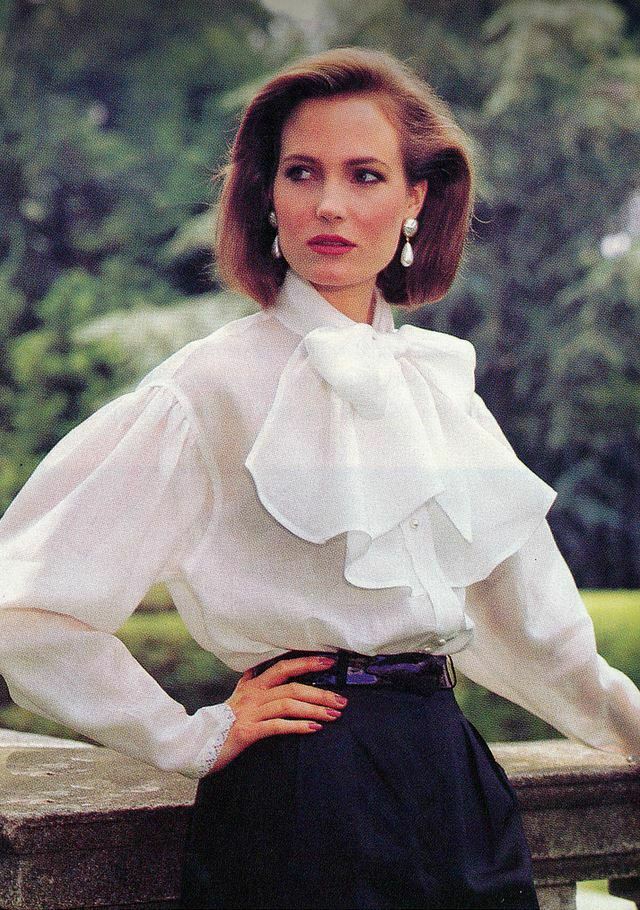A shirt is a piece of clothing made of light fabric that covers the upper part of the body. The male version of this product is also called a shirt, and the female version is called a blouse.

@evgenia_rubashki
The history of the appearance of the item of clothing in question takes us back to the early Middle Ages, when men wore two shirts at the same time. The first was underwear, mid-thigh length, had a loose fit and long sleeves. The top shirt was more fitted, and its sleeves were much shorter.
During the Renaissance, from the 14th to the 17th centuries AD, a snow-white shirt was a mandatory part of the male costume of an Italian nobleman. A round or square neck was always decorated with embroidery, braid or white satin ribbon. Such a shirt was worn over the body, and over it they wore clothes reminiscent of a modern vest with sleeves. It is noteworthy that the sleeves of this vest were carved, and the sleeves of the shirt were threaded through this fabric, creating the effect of puffy ruffles. They wore such a set, releasing the lower part of the shirt between the trousers and shortened outerwear.The women's version also had puffy sleeves, but the upper cape was always dark in color. In this way, temperamental Italian women attracted attention to themselves, creating a contrast of white and dark.
In the 16th century, class divisions in Europe became so noticeable that only a very wealthy person could afford a snow-white shirt. Commoners wore shirts made of coarser fabric, dark colors and with raw edges.
In Spain at that time, the shirt was necessarily hidden under the tunic - a men's fitted sleeveless jacket, fastened just under the neck. Ladies also carefully hid their blouses under fluffy dresses, using them as underwear.

@in.pinterest.com
In the first half of the 17th century in France, the shirt began to be worn both as underwear and as an element of clothing. It is noteworthy that the first cufflinks appeared during that period. A few decades later, men again begin to wear two shirts, but the lower one is now considered underwear, sewn with a fitted cut and hidden from prying eyes. The top one, on the contrary, is embroidered with exquisite patterns, has a loose cut and represents the ceremonial part of the image. As for the collars, in that era they were sewn as fluffy as possible. Jabots - lace frills made of the finest guipure - came into fashion.
English fashion of the 18th century was more restrained and over time completely replaced the chic French style. Neat shirts without any decoration and with a stand-up collar were popular. They were worn under an elegant tailcoat, which appeared at the end of the 18th century.

@opencart.opmall.biz
The French Revolution greatly changed the lives of citizens and their tastes, including in clothing.Starched collars are being replaced by softer collar models. Shirts are becoming an element of the daily wardrobe. Ladies begin to wear sophisticated blouses, skirts and jackets.
In the United States of America, for the first time, a shirt is being created that is not worn over the head, but is fastened with fasteners (like outerwear). A wide variety of fabrics are used for sewing, ranging from cotton, silk, linen and satin to warm flannel and natural wool.
The 40s of the last century became the starting point in women's fashion for classic suits. During that period, women all over the world, along with men, took part in negotiations, held leadership positions, ran for political parties and traveled a lot. Their daily wear was a classic suit with a skirt and jacket, which could not be imagined without a beautiful blouse.

lewhobotov.livejournal.com
In the 70s, the women's version of the shirt began to be made in a more sporty, loose fit made from linen and cotton. Such shirts were worn with trousers and jeans.
Today, the fashion for men's shirts, women's blouses and shirts is still relevant. Along with classic models, casual style options appear, characterized by the presence of pockets, rivets and other elements of modern style. The shirt has become such a universal and sought-after element of clothing that you can wear it every day under different bottoms, complementing your look with accessories.